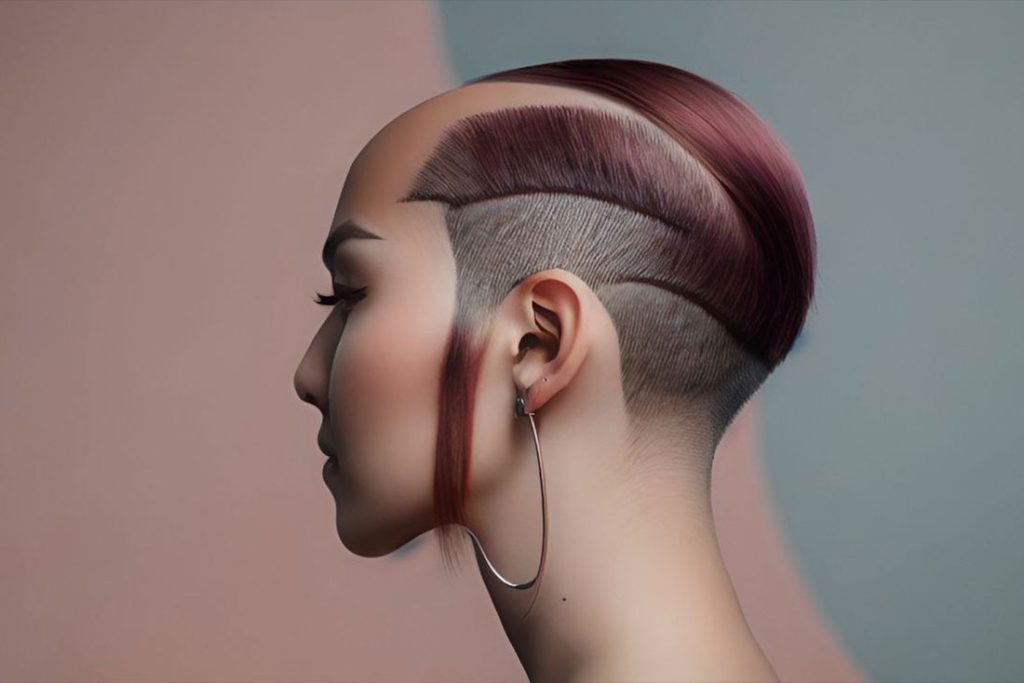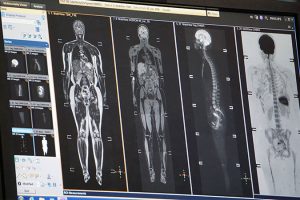Androgenic Alopecia: A Comprehensive Guide for Cosmetologists on Managing Hair Loss
Hair loss is a pervasive issue affecting millions of men and women worldwide. One of the most prevalent forms of this condition is androgenic alopecia, which often manifests itself subtly and may escalate without proper intervention. This article aims to provide an exhaustive resource for cosmetologists seeking to understand the intricacies of androgenic alopecia and how to manage it in their professional practice.

Understanding Androgenic Alopecia: What is it?
Androgenic alopecia, also known as androgenetic alopecia, is a type of hair loss characterized by two primary biological processes:
- Terminal Hair Miniaturization: The thick, pigmented terminal hairs gradually get replaced by vellus hairs—soft, colorless hairs that are barely noticeable.
- Shortened Anagen Phase: The anagen or “growth” phase of the hair cycle becomes abbreviated, leading to shorter, thinner hair strands.
These biological processes are often caused by a combination of genetic, hormonal, and age-related factors.
Prevalence: How Common Is It?
According to the U.S. National Library of Medicine, approximately 50% of individuals experience some degree of androgenic alopecia post-puberty, and it can manifest as early as the teenage years. In particular, about 30 million women face this type of hair loss, often after menopause.
Gender-specific Patterns
- Male Pattern Hair Loss: Commonly results in thinning and balding in a horseshoe shape around the crown and temples.
- Female Pattern Hair Loss: Typically manifests as diffuse thinning over the crown, the top of the head, and temple areas without leading to complete baldness.
Role of Cosmetologists in Managing Androgenic Alopecia
Cosmetologists often serve as the first line of defense when it comes to identifying and managing hair issues. Here’s how you can help:
Early Identification
- Client Consultation: Use your initial interaction with the client to assess their hair and scalp condition.
- Recognition of Signs: Look out for patterns typical of androgenic alopecia like thinning hair or a receding hairline.
Non-Medical Interventions
- Styling: Recommend hairstyles that give a fuller appearance to the hair.
- Product Suggestions: Recommend specialized shampoos, conditioners, and serums designed for thinning hair.
- Hair Filler Applications: Temporary hair fillers can be used to create a fuller appearance.
Educational Support
- Information: Keep brochures or information sheets that offer insights into androgenic alopecia.
- Lifestyle Advice: Discuss the role of diet, stress management, and hair care routines in managing hair loss.
- When to Refer: Educate the client on when it is essential to consult a healthcare provider for medical intervention.
Limitations of a Cosmetologist’s Practice
While cosmetologists can offer valuable advice and non-medical interventions, it’s crucial to recognize the limitations of your scope. For clients showing advanced signs of androgenic alopecia or those with underlying health conditions contributing to their hair loss, a referral to a medical professional is advisable for further diagnosis and treatment.
Conclusion
Androgenic alopecia is a complex condition with multiple contributing factors. While you may not be a healthcare provider, your role as a cosmetologist is pivotal in early identification and management. With the right knowledge, you can not only improve your service quality but also make a significant difference in your clients’ lives by helping them navigate the challenges of androgenic alopecia.










